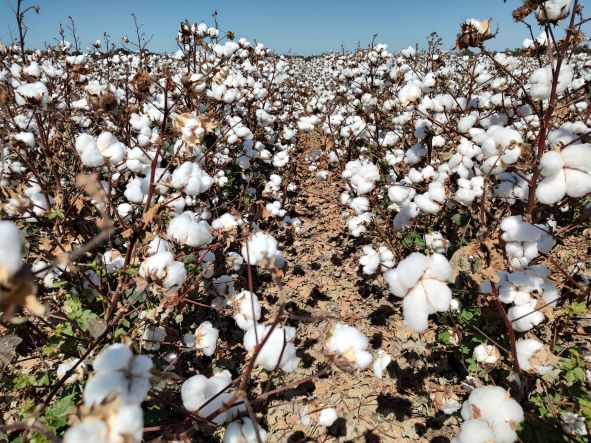A Global Cotton Strategy
Cotton will likely lose market share to synthetics relative to the growth in fibre consumption globally. That does not mean that production/consumption and consumption of cotton will reduce from here, just that it will not be able to grow at the same proportionate rate as global fibre consumption.
In the medium term, promotion of cotton by such bodies as Cotton Incorporated and Cotton Council International needs to be hugely encouraged in order to compete against the man-made fibre industry, which has successfully encroached on some of cotton’s more traditional markets.
Much of the worldwide cotton infrastructure is quite old, which is not necessarily a bad thing, but until growers of cotton can earn enough from the business and see it as a growth industry, it is questionable (outside of the obvious benefits of the development of genetically modified seed in low yielding countries such as the African continent and Pakistan) whether price increases in cotton will succeed in competing against the more important national issue of food security.
Cotton is such a political commodity because of its influence over the lives of so many small-holder farmers that it needs to be recognized that its development is not totally based on free market principles in a lot of the areas where cotton is grown. Prices need to remain high, government influence needs to be minimal and encouraging, and more of the income needs to be given to the growers for cotton to develop beyond its current capability.
The events of 2008 proved somewhat cataclysmic for the worldwide cotton industry. To a large extent, it was beyond our control. But also, to some degree, it was our own fault because, whatever anybody says, the current futures market only allows for U.S. cotton delivery and the United States currently only represents about 12 percent of global cotton production and 3 percent of global mill use.
America is the only country in the world that allows the farmer to retain ownership of his cotton while receiving a good proportion of his price up front. That means that U.S. cotton can, for long periods of time, stay behind the curve if there is dissatisfaction with price levels or, more especially, if the price mechanism does not allow U.S. cotton to be competitive. It is questionable in the cotton business whether the current futures market and the “A” Index calculations allow a proper worldwide price discovery for physical cotton, especially during harvest time.
I think it is absolutely vital that we move towards a more global Futures market with multi delivery growths, but I fear that this is not on the radar screen. Since U.S. cotton is not as significant as it used to be, it would make sense to allow foreign growth for delivery — similar to what we have in the coffee and cocoa markets.
Globally, we need to move to one professionally managed Arbitral Body for international trade under one set of Rules. The Body should have professional management. I believe that Honorary Presidents should be appointed each year from one of the major producing/consuming nations of the world and the Body needs to report to a cross-section of the world industry on its directions. I believe the International Cotton Association is doing this and encourage them to move much further in this direction.
Since a great deal of the wealth of the world has moved east, we should recognize that textile production, which has always been the cornerstone of industrial development and which now lies heavily in the three major countries of China, India and Pakistan, will be heavily dictated by them and their customers’ requirements. We should not fail to understand their supply chains and to listen to them wisely. It is from this base that we will be able to plan the future. •









